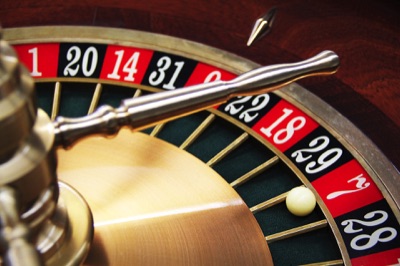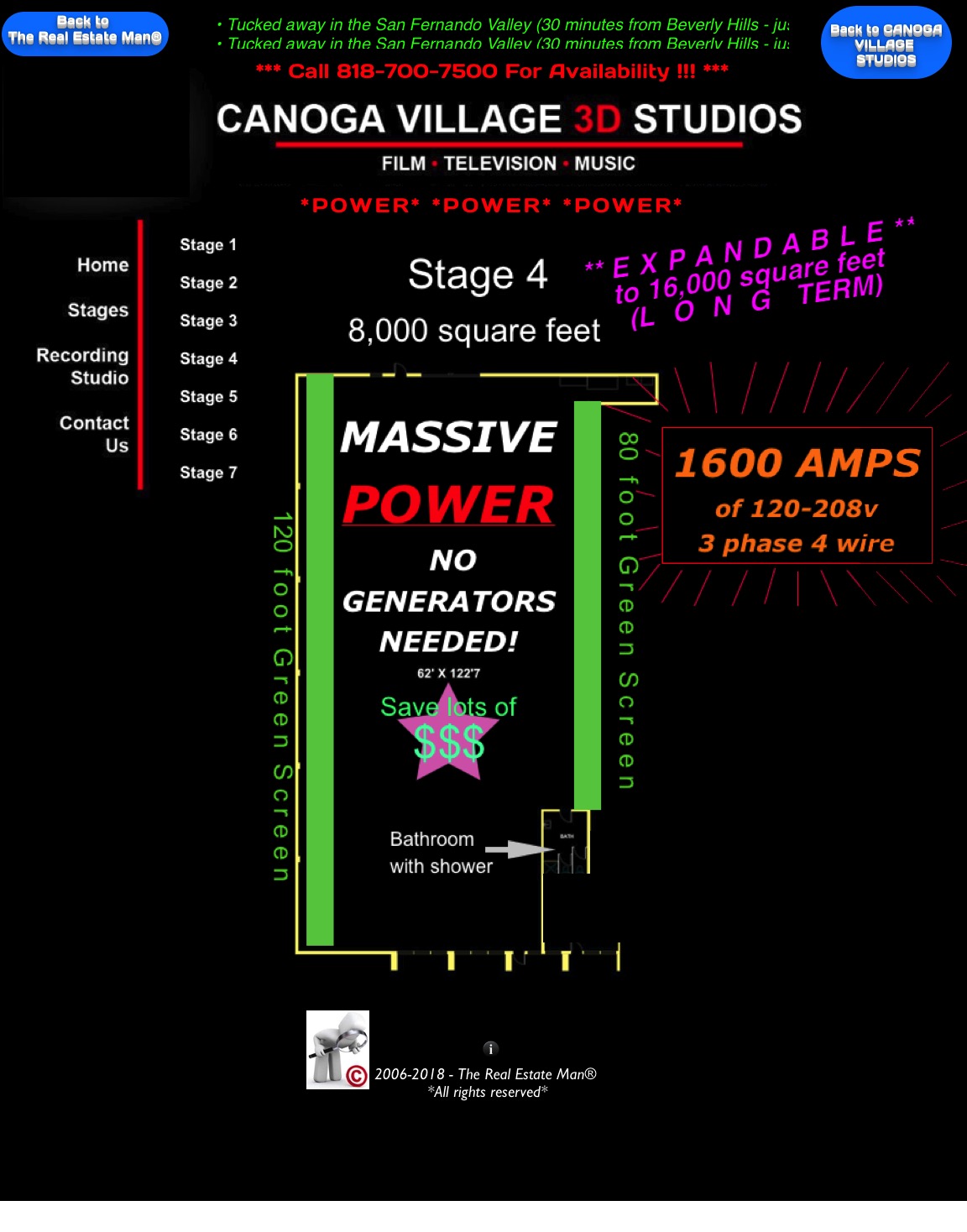





Caption Text



This is a Hyperlink to open an image...


This is a Text to Text Widget to open a text box...











Exclusively Listed By
Rose O'Sullivan
Investment Advisor
Member, National Office and Industrial Group
(818)212-2792
https://support.google.com/legal/answer/3463239?sa=X&ved=2ahUKEwjzx8qLpvneAhWNEXwKHXywDJUQlZ0DegQIARAB
{}{}{}What is "Copyright"?
Which types of work are subject to copyright?
Copyright ownership gives the owner the exclusive right to use the work, with some exceptions. When a person creates an original work, fixed in a tangible medium, he or she automatically owns copyright to the work.
Many types of works are eligible for copyright protection, for example:
• Audiovisual works, such as TV shows, movies, and online videos
• Sound recordings and musical compositions
• Written works, such as lectures, articles, books, and musical compositions
• Visual works, such as paintings, posters, and advertisements
• Video games and computer software
• Dramatic works, such as plays and musicals
The Copyright Office has information online, and you can check with a lawyer if you want to know more.
Is it possible to use a copyright-protected work without infringing?
Yes, in some circumstances, it is possible to use a copyright-protected work without infringing the owner’s copyright. For more about this, you may wish to learn about fair use. It is important to note that your content can be removed in response to a claim of copyright infringement, even if you have...
• Given credit to the copyright owner
• Refrained from monetizing the infringing content
• Charged for a copy of the content in question
• Noticed similar content that appear elsewhere on the internet
• Purchased the content including a hard or digital copy
• Recorded the content yourself from TV, a movie theater, or the radio
• Copied the content yourself from a textbook, a movie poster or photograph
• Stated that “no copyright infringement is intended”
Some content creators choose to make their work available for reuse with certain requirements. For more about this, you may wish to learn about the Creative Commons license.
Can Google determine copyright ownership?
No. Google isn’t able to mediate rights ownership disputes. When we receive a complete and valid takedown notice, we remove the content as the law requires. When we receive a valid counter notification we forward it to the person who requested the removal. If there is still a dispute it’s up to the parties involved to resolve the issue in court.
What is the difference between copyright and trademark? What about patents?
What is the difference between copyright and privacy?
Just because you appear in a video, image or audio recording does not mean you own the copyright to it. For example, if your friend took a picture of you, she would own the copyright to the image that she took. If your friend, or someone else, uploaded a video, image or recording of you without your permission, and you feel it violates your privacy or safety, you may wish to file a privacy complaint.
Copyright Infringement Notification Requirements
The easiest way to file a complaint is to use our legal troubleshooter.
2. A description of your work that you believe has been infringed
3. Each allegedly infringing URL
4. You must agree too and affirm both of the following statements:
• “I have a good faith belief that use of the copyrighted materials described above as allegedly infringing is not authorized by the copyright owner, its agent, or the law.”
• “The information in this notification is accurate and I swear, under penalty of perjury, that I am the copyright owner or am authorized to act on behalf of the owner of an exclusive right that is allegedly infringed.”

